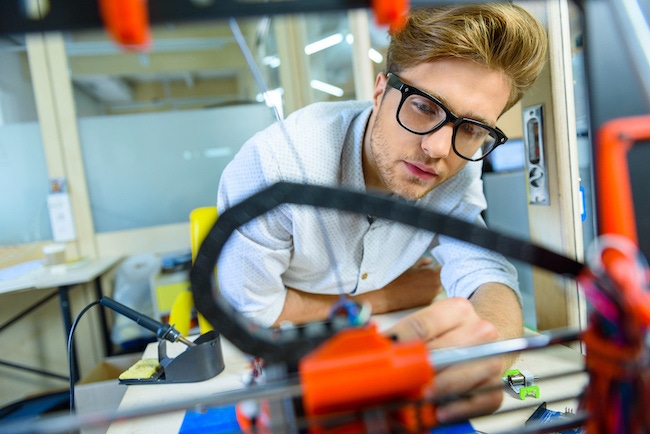What is the best prototyping method for a plastic product? That depends on the designer’s objectives. 3D printing is one option among many, but it’s not always the right one.
January 15, 2020

What is the best prototyping method for a plastic product? Well, that depends. A panel discussion at Medical Design & Manufacturing (MD&M) West in Anaheim, CA, next month will explore the various options and discuss the advantages and limitations of each. In advance of that Tech Talk session, panelist Michael Paloian, President of Integrated Design Systems Inc., shared his insights with PlasticsToday. An industrial designer and plastics engineer with hundreds of products under his belt, Paloian will be joined at the session, scheduled for Feb. 12 at 8:30 AM, by panelists Rick Puglielli, President, Promold Plastics; Albert McGovern, Director of Mechanical Engineering, Shure Inc.; and George Wilson, Senior Program Manager, ARRK Product Development Group USA. MD&M West, co-located with PLASTEC West, comes to the Anaheim Convention Center from Feb. 11 to 13, 2020.
|
The panelists will discuss the use of 3D printing for prototyping, of course, but they will also delve into CNC machining, polyurethane casting, limited production runs of injection molded prototyping and other technologies, said Paloian. The best process ultimately depends on the designer’s objectives. He or she should ask the following questions before settling on a prototyping process, recommends Paloian.
What’s the purpose of the prototype—if it’s for show and tell, don’t bother spending a lot of money replicating details.
What’s the lead time? If you need something really fast, that will dictate the optimal process.
How large (or small) is the part?
What manufacturing process—injection or blow molding, thermoforming, extrusion—are you trying to replicate? That will have some effect on the prototyping process you select.
What are the tolerances, material properties, level of detail, quantities?
What are you intending to test or evaluate?
“If properties are a critical aspect of your evaluation and testing, CNC machining the part from a particular resin will give you a better indication of how the product will perform than 3D printing,” said Paloian. Don’t be misled by claims of material similarity. “If they tell you it’s similar to ABS or similar to PE, that leaves a lot of gray area. ‘Similar to’ means nothing,” stressed Paloian.
If you’re more interested in the structural behavior of a detail on a part—say, the front bezel of an ultrasound scanner—you could 3D print or machine that portion of the part and subject it to the loads to which it might be exposed, said Paloian. “But if you’re trying to evaluate the wear resistance of a material, for example, you really have to use the material in question, or your evaluations will be erroneous.”
But if your key goal is the best design replication at the lowest cost, it’s hard to beat 3D printing. Then the question becomes, which type of 3D printing?
The three most common platforms are selective laser sintering (SLS), stereolithography (SLA) and fused deposition modeling (FDM), according to Paloian, but SLS is fast becoming the preferred platform. “According to one survey, its market share in prototyping will almost triple over the next 10 years, from about 13% to 33%, while SLA and FDM will shrink.” Materials are playing a big role in that.
“SLA typically is based on a UV-cured acrylic or epoxy, and your properties are limited. There’s no way you’re going to replicate PP or PE with an SLA part,” said Paloian. “With SLS, you’re basically fusing together a powder, so you can use the actual resin, similar to FDM, for testing.” FDM, which Paloian likens to stacking Lincoln logs on top of each other to create the part, lacks resolution. “SLS gives you the best of both worlds—the fine resolution of SLA and the material selection of FDM,” said Paloian.
At the end of the day, understanding the pros and cons of each prototyping process will steer design engineers toward the best option for achieving their objectives. And that won’t always be 3D printing, added Paloian.
Image: Yakobchuk Olena/Adobe Stock
About the Author(s)
You May Also Like




